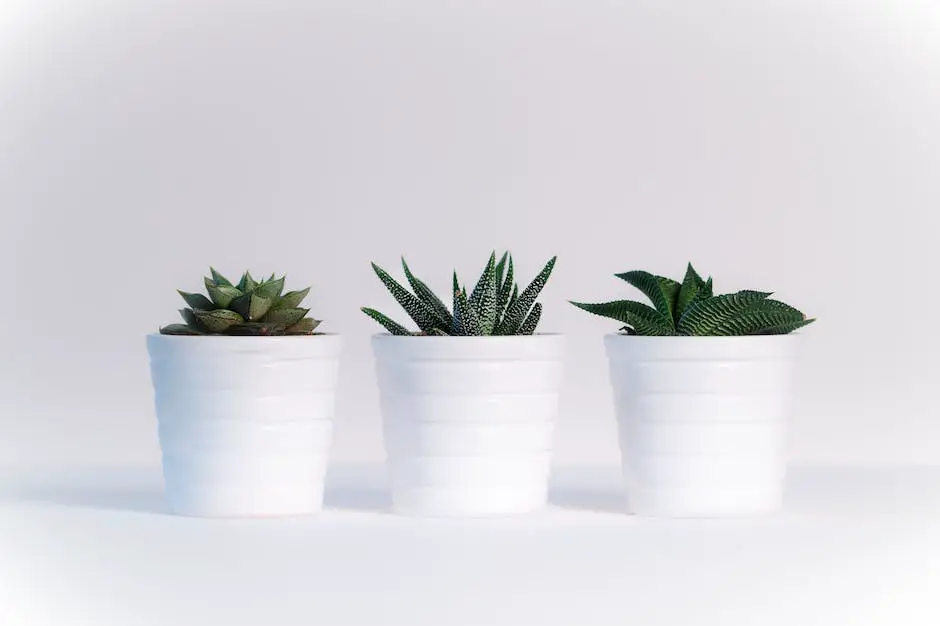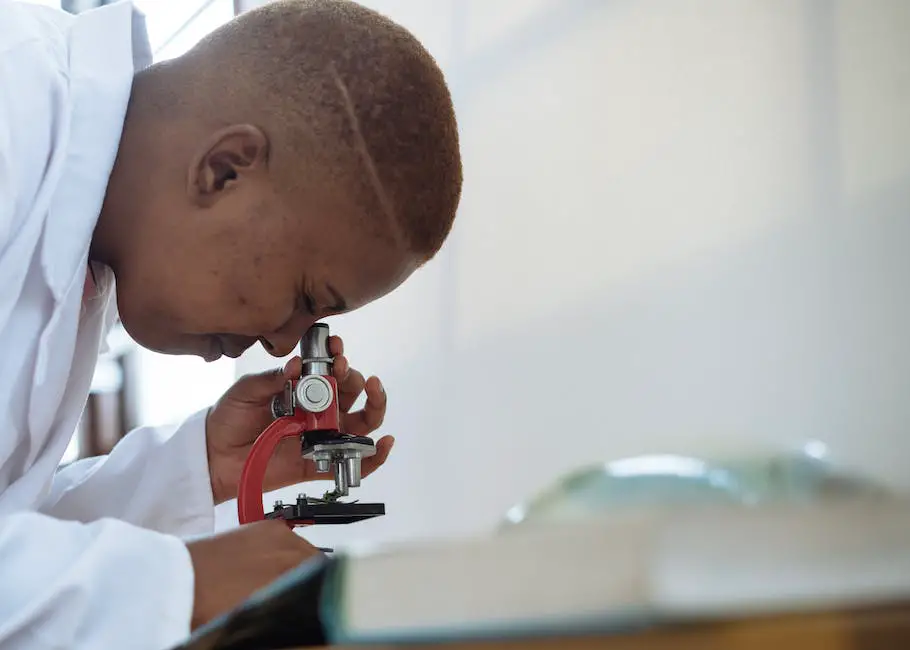Mastering the Art of Propagating Houseplants
Plant propagation, the process of creating new plants from a variety of sources such as seeds, cuttings, bulbs and other plant parts, is a skill that enchants both experienced horticulturists and home garden enthusiasts alike. It’s a fascinating journey, unraveling the biological principles underlying plant reproduction, introducing us to diverse propagation methods like seeding, cutting, dividing and layering. The essence of this journey lies not just in understanding these different forms of reproduction but mastering their application with precision and accuracy; not only identifying parent plants that are conducive for propagation but also preparing them adequately for the process; and not just grappling with various propagation techniques but also comprehending the art of plant care post-propagation. Like any other journey, ours too, isn’t immune to stumbling blocks – we must recognize potential propagation problems like root rot, slow growth and disease infestation and get familiar with preventive and remedial measures.
Understanding Plant Propagation Basics
Understanding Plant Propagation Basics
Plant propagation refers to the process of creating new plants from a variety of sources like seeds, cuttings, bulbs, and other plant parts. This is a natural form of reproduction for plants that allows gardeners to create new, healthy plants.
Biological Principles of Plant Propagation
Plants naturally reproduce in several ways – sexual and asexual propagation. Sexual propagation involves the union of the pollen (male) with the egg (female) to produce a seed. The seed contains the genetic material from both parents and will produce a plant that is different from the two parents.
On the other hand, asexual propagation, also known as vegetative propagation, produces a plant identical to the parent plant. This is because the new plant is produced from a single parent and carries the same genetic composition.
Different Forms of Plant Propagation
Seeds
Seeds are the most common method of propagation. The process starts by planting seeds in a suitable growth medium. It is crucial to provide adequate warmth, light, and moisture for seeds to germinate and grow. It is also important to know that some seeds may need special treatments to help them germinate.
Cuttings
Cuttings involve removing a section of a stem, leaf, or root from a parent plant and growing it into a new plant. The cut end is often treated with a rooting hormone to encourage root growth and inhibit fungal disease. The cutting is planted in a moist growth medium, and typically covered with a plastic dome or bag to maintain high humidity while it develops roots.
Division
Division is the process of splitting a mature plant into two or more parts to give rise to new plants. The sections are usually taken in early spring or fall, ensuring each part has enough roots and shoots to survive. This method is commonly used for perennials and houseplants like ferns and orchids.
Layering
Layering involves encouraging a branch to grow roots while still attached to the parent plant and then separating it once it has developed its roots. There are different types of layering such as simple layering, air layering, and mound layering, each having their unique steps and requirements.
Correct Techniques and Timing for Each Method
Each propagation method requires a slightly different technique and certain timing. For instance, seeds are usually started indoors six to eight weeks before the last expected frost of the spring. Meanwhile, cuttings can be done at any time of the year, but they are most successful during the plant’s natural growing period.
Similarly, division should be conducted during the dormant season to lessen shock, while layering is done in early spring when the plant’s growth hormone levels are high.
Knowing these techniques and timing not only increases the chances of propagation success but also the health and vitality of the new plants.

Choosing and Preparing the Plant Cutting
Selecting the Best Parent Plant
Choosing the right parent plant for propagation is crucial to the success of your new houseplant. Parent plants should be healthy, mature, and free of pests. Look for plants that show vigorous growth and have no signs of disease, injury, or stress. Ideal plants should have fresh, clean foliage, and no visible parasites or infections.
Examine the plant fully. Check not only the front of the leaves but also the undersides, as pests and disease can often start there unnoticed. The stem of the plant should be sturdy and robust, without any dark spots or blemishes, which could indicate damage or disease.
Avoid plants that have wilted, yellow, or dropped leaves, as this can suggest that the plant is under stress or experiencing a lack of nutrients. Additionally, it’s best to avoid using flowering plants, as they are channeling their energy into creating blooms, not new roots and growth.
Performing the Proper Cut for Propagation
Once you’ve selected your healthy parent plant, the next step is to take a cutting. The right cutting technique can vary based on the type of plant. However, some general rules apply.
For a stem cutting, select a healthy shoot and make a clean cut below a leaf node (the point where a leaf joins the stem) using a sharp, sterilized knife. This cut should be around 5-6 inches long, and it’s essential to make a straight cut, not at an angle.
To prepare the cutting, remove the lower leaves, leaving about two to three leaves at the top. It’s essential to remove leaves that would otherwise be submerged in water or touch the rooting medium because they can rot and introduce bacteria to the cutting, thereby reducing the chances of successful propagation.
Some houseplants, like succulents, prefer leaf cuttings. For these, select a healthy, mature leaf and gently twist or cut it off from the mother plant, ensuring you get the whole leaf and not leaving any part attached to the stem.
Upon taking the cuttings, make sure not to leave them out in the sun or forget them for days. The fresher the cutting, the higher the likelihood of a successful propagation.
Preparing the Cutting for Propagation
Depending on your chosen method of propagation, you need to treat or prepare the cuttings differently.
For stem cuttings, you can encourage rooting by dipping the end in rooting hormone powder before planting it in your chosen medium. This step is optional but can improve the chances of rooting, especially for stubborn or hard-to-propagate species.
For water propagation, you simply need to place the cut end of the cutting in a vessel filled with water. A clear vessel is ideal so you can easily see when roots begin to develop. It’s crucial to change the water frequently, ideally every few days, to prevent bacterial growth.
For soil propagation, plant the cut end of the cutting in a pot filled with a good quality, well-draining potting mix. Make sure to water the soil thoroughly after planting the cutting.
With these methods, you should be well on your way to successfully propagating your houseplants!

Plant Propagation Techniques and Care
Techniques for Propagating Houseplants
There are several methods of propagating plants that cater to different types of species and their varying needs. Some of these include water rooting, soil propagation, and air layering.
Water Rooting
Water rooting is one of the simplest and most successful propagation methods, especially for beginner gardeners. It involves placing cuttings from a parent plant into a container filled with room temperature water. Cuttings are often taken just below a leaf node, where the plant concentrate its hormones responsible for root growth. Many popular houseplants such as pothos, spider plants, and philodendrons can be easily propagated through water rooting. Once the roots have developed, the cutting can then be transplanted into soil.
Soil Propagation
Soil propagation is another popular and straightforward technique generally used for plants that root easily in soil. For successful soil propagation, take the cuttings in the same way as for water rooting, but instead of placing the cutting in water, plant it in a small pot filled with light, well-draining soil mix. This might include a mixture of peat moss, perlite, and vermiculite. Keep the soil constantly moist to encourage root growth.
Air Layering
Air layering is a slightly more complex propagation method, often used for larger plants where stem cuttings would be impractical. In this process, a small wound is made on the stem of the plant, then wrapped in moist sphagnum moss and covered in plastic. This encourages the plant to grow roots at the site of the wound in response to the moist environment, and once these roots have formed, the stem can be cut off and planted separately.
Houseplant Propagation Care
Regardless of the method you choose, the success of your propagation largely hinges on giving the plant the ideal conditions that mimic those of its natural environment. Generally, this includes the right light requirements, a suitable watering schedule, and preemptive disease prevention tactics.
Light Requirements
Proper lighting is essential for plant growth. Newly propagated plants typically require bright, indirect light. Direct sunlight can be too harsh and can cause the leaves to scorch.
Watering Schedule
Watering requirements will vary based on the plant and propagation method, but generally, maintaining a consistent level of moisture is essential. Overwatering can lead to root rot or leaf drop, while underwatering can cause wilting and drying.
Disease Prevention
To prevent disease, use sterilized containers and planting materials. Watch for early signs of plant disease, such as yellowing leaves, spots, or pests. Removing an affected leaf or plant part can prevent the spread of disease. Make sure not to overcrowd your plants as overpopulation can limit airflow and increase the likelihood of disease spread.
By keeping these guidelines in mind and adjusting to your plant’s needs, you can ensure the successful propagation of your houseplants and enjoy the process of expanding your indoor garden.

Troubleshooting Common Propagation Problems
Identifying Propagation Problems
To troubleshoot common propagation problems, you must first identify the issue affecting your plants. The most common issues typically include root rot, slow growth, diseases, and pest infestations.
Root Rot
Root rot is a common propagation problem where roots become soft, brown/black, and mushy. This is usually caused by overwatering, inadequate drainage, or a fungal disease. If your plants have root rot, you may notice that they are wilting, have yellow leaves, and overall poor growth.
Prevention and Mitigation
To prevent root rot, you should ensure that your plants have proper drainage and you’re not overwatering them. Try to give them just enough water to keep the soil slightly damp. If you notice symptoms of root rot, it’s best to remove the affected areas as quickly as possible to prevent it from spreading.
Slow Growth
Slow growth is another common propagation issue which can be caused by several factors, including lack of adequate light, poor soil quality, incorrect watering, and insufficient nutrients.
Prevention and Mitigation
Proper care of your plants can help prevent slow growth. This includes ensuring the plants have enough light, good soil, and are watered correctly. Also, using a good quality fertilizer can enhance nutrient supply thereby increasing growth rate. If your plants are still not growing fast enough, they might be rootbound and require larger pots.
Diseases and Pest Infestations
Houseplants can suffer from a variety of diseases and pest infestations. Some common pests that infest houseplants include aphids, spider mites, and scale insects. Diseases often manifest as spots on leaves, wilting, or mold growth.
Prevention and Mitigation
Use pest-resistant plant varieties whenever possible and maintain clean surroundings. If pests should appear, use appropriate home remedies or safe commercial pest control products immediately. Diseases are best dealt with by removing affected parts, using disease-resistant varieties, and maintaining a healthy plant environment.
Conclusion
Regular checks and immediate addressal of any issues can help keep your propagated plants healthy. Familiarity with common propagation problems and their causes will allow you to resolve issues quickly and effectively.

Armed with new knowledge and insights, you are now ready to venture into the captivating world of plant propagation. Reap the rewards of your efforts as you watch your thriving garden, seeded with love, care, and understanding. Use the wisdom gleaned from troubleshooting to address any hiccups that may arise in your journey of plant propagation. Whether it’s choosing the right cuttings, deciding on the best propagation method, or maintaining your newly propagated plants afterward, these skills will serve as your fundamental toolkit in your horticultural adventure. Remember, propagation is an art – practice it, appreciate it, and watch a world of greenery flourish right before your eyes.



